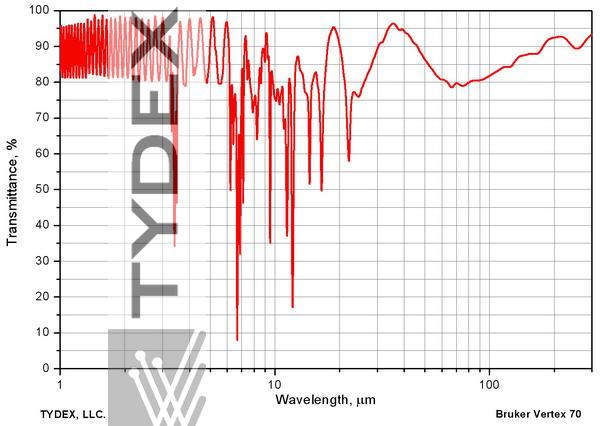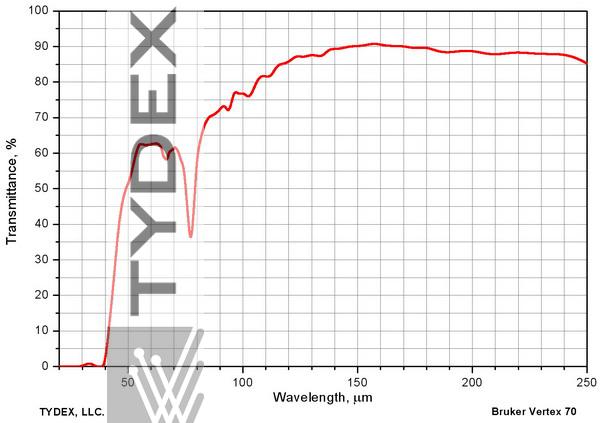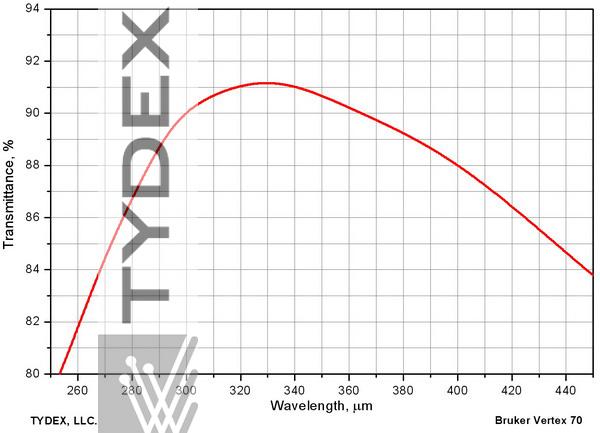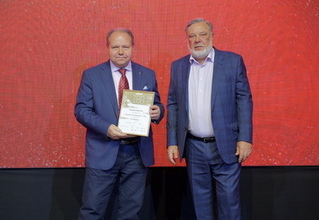THz Coatings
| Download Optical Coatings Datasheet (PDF, 7 MB) |
1. Parylene AR Coating for THz range
2. THz Mirrors
3. THz Spectral Splitters
1. Parylene AR Coating for THz range
The technology of vacuum synthesis of a parylene film on the surface of electronic boards and assemblies is well known. The resulting film protects the electronics from moisture and pollution.
According to our instructions, on the basis of "microelectronic" technology, a special aparatus has been developed that makes it possible to synthesize a parylene film of a given thickness with the highest uniformity on optical surfaces of arbitrary geometry.
The film has a refractive index of about 1.64 in the far IR and terahertz ranges. Its absorption and scattering in these spectral regions are negligible, the absorption bands are localized in the near and middle IR.
This film provides a significant increase in transmission (reduction of reflection) of THz optics made of high-resistance silicon, crystalline quartz and sapphire. It is possible to apply quarter-wave single-layer antireflection coatings to different ranges from 45 μm to 2000 μm.

Fig. 1. Transmition of a parylene film. Absorption bands are localized between 3.4-22 μm. Film thickness 14 μm.

Fig. 2. Crystalline quartz window with two-side parylene AR coating centered at 158 μm.

Fig. 3. HRFZ-Si window with two-side AR coating.
Follow the link for more details about THz AR Coatings.
2. THz Mirrors
Standard metal mirrors may have reduced reflectance in the terahertz range. This is due to the fact that the penetrating power of electromagnetic radiation is proportional to its wavelength. Therefore, gold films that reflect fairly well in IR may not be thick enough to work in THz. We produce THz mirrors with adequate metal thickness to provide maximum reflectance.
Separating of generated THz signal from residual radiation of the pump laser is an important task. This problem can be solved by interference mirrors reflecting the laser line and transparent in terahertzes. For more details on mirrors for Ti:Sa laser, refer to the Dielectric mirrors section.
For more details on CO2-reflecting mirrors, follow the link.
Also, take note of the section on THz Spectral Splitters.
Optics is ready to be shipped!
Optics Stock
Shipment/ Payment/ Warranty ...






